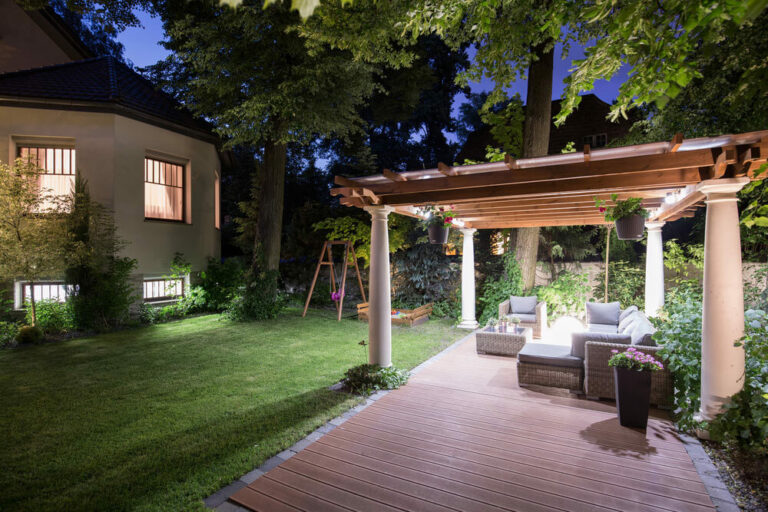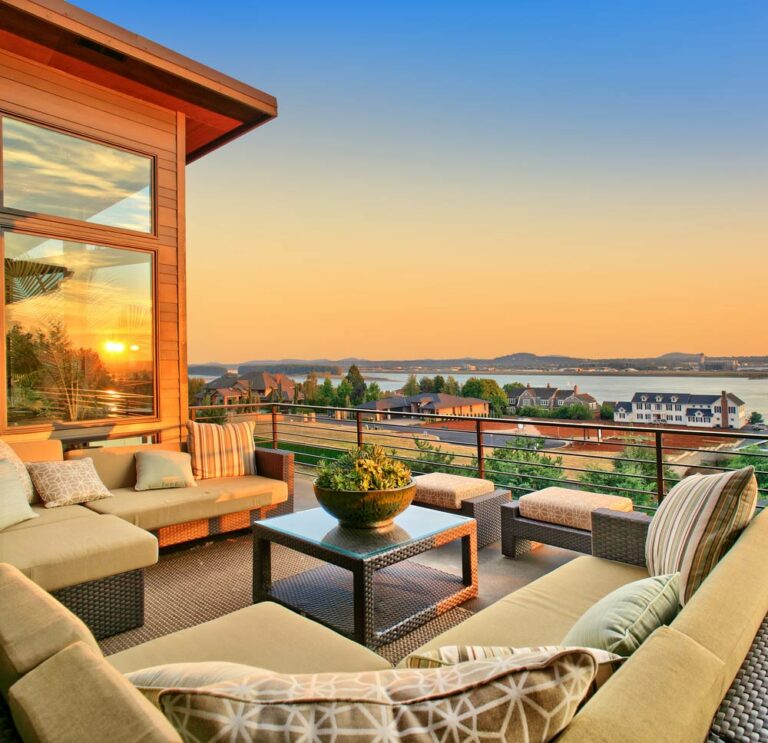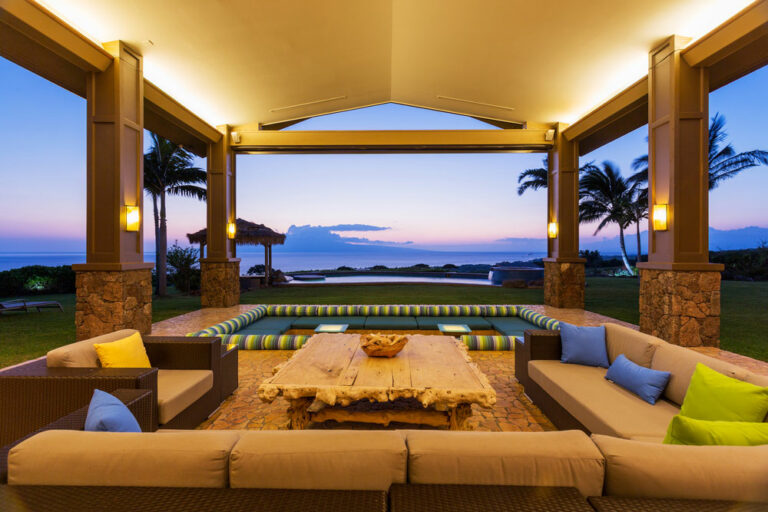Turn Your Ugly Duckling Backyard Into A Beautiful Swan
It’s certainly one thing to have a beautiful sprawling garden and oodles of space for outdoor entertaining at home, but it’s another completely when your space is awkward and pokey. But a strangely shaped outdoor patio or garden doesn’t mean an unusable space, in fact, it can be easily transformed with a little creativity and expert advice. Here are three of the most common odd shapes for outdoor spaces, and what you can do to make the most of yours.
Narrow spaces
The Sydney skyline is dotted with the distinctive angles of terraced roofs. These narrow home designs have been a part of the city since Australia was first colonised, making them an iconic Sydney home. Now today, as almost two thirds of Australia’s population lives in capital cities, the narrow home design is as popular as ever, as developers try to squeeze as many homes side by side as possible. Narrow homes mean narrow courtyards, or if you’re really lucky, back gardens. Just as making the most of space and light in a narrow home is a challenge for architects, a narrow outdoor space can prove impossible when trying to design a welcoming entertaining space. There are however, a few key tricks to making the area feel larger than it is, and create the space you’re dreaming of.
1. Don’t automatically go for long narrow furniture
When furnishing a long narrow space, instinct tells you to look at long, narrow tables and seats, but resist! Long furniture can make the space feel extra long and narrow, when it’s actually best to try to make it feel wider, and larger. Try a square or circular table with chairs, or an outdoor corner lounge that moves the focus across rather than down the narrow garden. If you do choose a rectangle picnic style table, try to fit it crossways in the space, by pushing it up against the side fence. This will create the illusion that the space is wide, as well as making more space in front of the table.
2. Vertical gardens are in
Narrow spaces don’t often have much space for gardens, so use the walls where and how you can. By planting vines, flowers or even vegetables in a vertical garden, you get a beautiful setting without taking up too much space. If gardening isn’t your forté, there are plenty of options for hardy, low maintenance potted plants that grow tall enough to provide a screen and mimic a vertical garden.
3. Divide the space into two areas
Another great way to minimise the long narrow feeling of a space is to divide it up, if space permits. Cluster the dining area at one end, with some open space in the centre, then a small vegetable garden at the other end, or something similar to suit your needs. The three distinctions make the space seem larger and more useful than one long garden entertaining area.
Round spaces
Not many outdoor spaces are round, but if you’ve got a circular paved area surrounded by established garden, or an inner courtyard and you’re stuck with the shape, embrace it. Circular spaces are unique, and while difficult to divide into distinct areas, work best when embraced as one large entertaining area.
1. Embrace the shape
Particularly if the space isn’t huge, it might be best to embrace the round shape and invest in a circular dining table or bench seat around water feature for the centre of the space. Round dining tables with a lazy susan in the centre are ideal for sharing food at dinner parties and brunches with friends. There is always the classic bench seat around a tree or water fountain in the centre, so think about building a centrepiece and creating the space around that. You could however, invert this idea by adding in seating around the edge with a water feature, or even simple rug and play area for kids in the centre.
2. Cut the space in half
If you’re desperate to get two spaces out of the one circular area, it’s best to create two or even three distinct spaces. Say you want an outdoor eating area, a sitting area and a kids play area, position these in the circular space, but be sure to keep it as open as possible. Do this by keeping the lounge on the edge facing in toward the other areas, or only blocking one of them, or the space may feel pokey and awkward.
Spaces with odd angles
Discovering a garden that has nooks and crannies everywhere can be exciting, but also confusing. When faced with this situation, the best solution for your outdoor patio is usually to fake it. This means finding ways to hide the odd nooks and crannies with plants, storage or seating. Creating distraction with colour or statement pieces in other parts of the patio also helps to draw attention away from awkward areas of your outdoor living room.
1. An overgrown labyrinth garden
Depending on the size of your outdoor deck or garden, one way to embrace odd angles is to create multiple areas using screening plants, garden beds or pots and pathways. Fill narrow, hard to reach spaces with an abundance of foliage, create a winding path through the space surrounding by greenery and reshape the larger entertaining areas by lining the edges with garden. An awkward hexagonal shaped garden can be turned into a spacious square or round alfresco area just by filling the sides with layers of garden, and the layers and colours of the foliage will draw attention away from the strange shape.
2. Storage, storage storage
One thing homeowners constantly talk about with home improvements and renovations is including more storage. And who doesn’t need more storage at home? Particularly in urban homes, which seem to be shrinking by the year. An odd shaped patio is the perfect place to add more storage. Cupboards, bench seating with built in storage boxes, or even bench space with storage underneath are all smart ways to fill pokey places. By doing this you’re also able to create a more useable shape for the entertaining area in the centre of the deck or garden.
3. Create furniture to match
Small, pokey spaces are difficult to change dramatically, so sometimes it’s best to embrace them. Do this by getting custom made furniture that fits into the odd angles, or even emphasises them. This is best done with a minimalist colour palette, let the shapes speak for themselves. By keeping walls neutral, you can throw in one statement piece such as loud cushions, or floor tiles, which emphasise and compliment the unique shape of the space.
An awkward outdoor space might be a challenge, but it’s certainly not one that’s impossible! As more Australians move into cities and population density increases, outdoor spaces are getting smaller and appearing in any space possible. Knowing the tricks of the trade when it comes to disguising the true shape of a space, and transforming it into a liveable outdoor room will only increase in value. Time to get to that garden corner and get to work. Happy designing!





